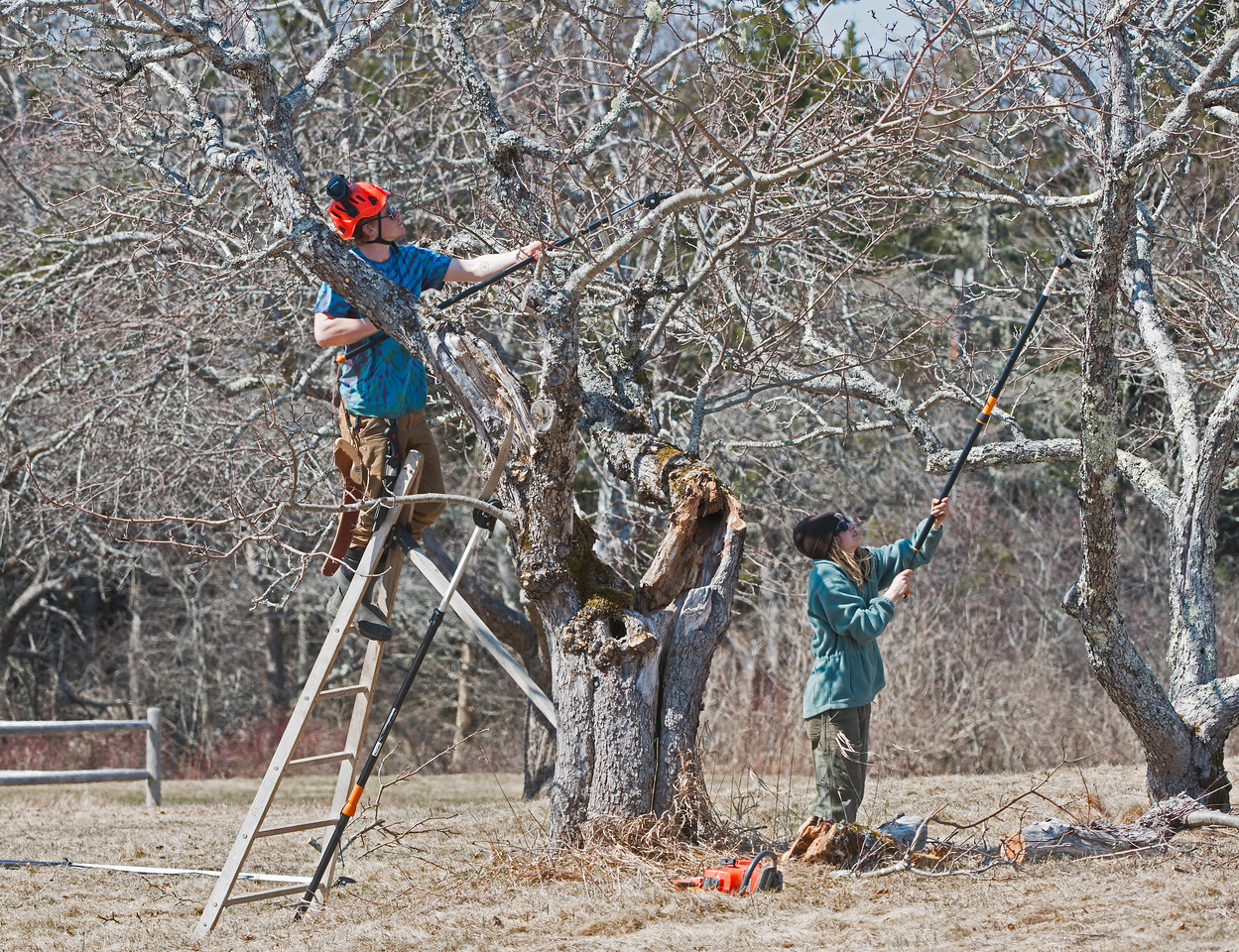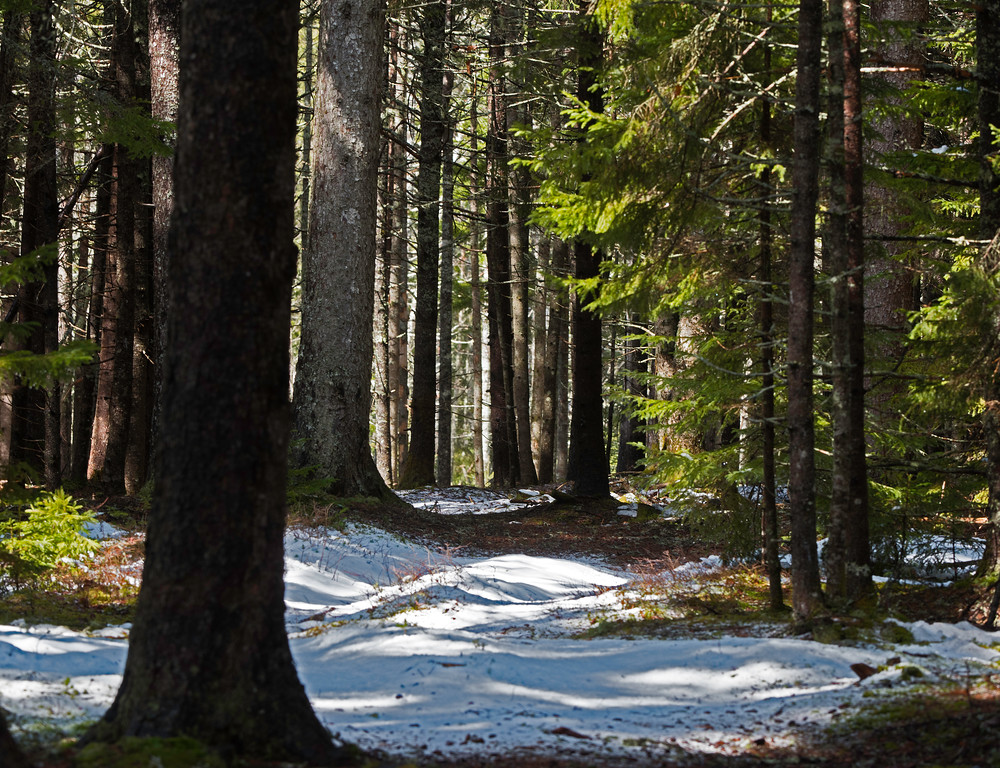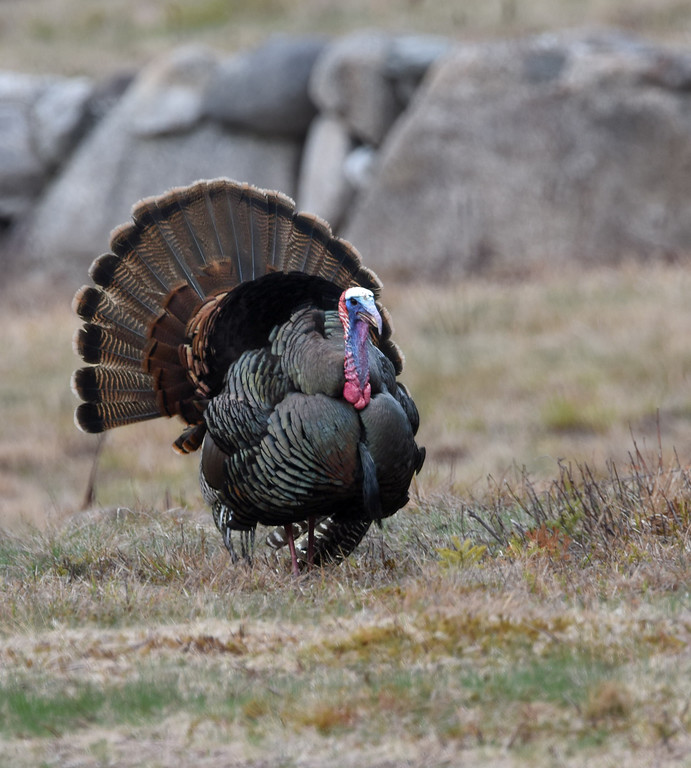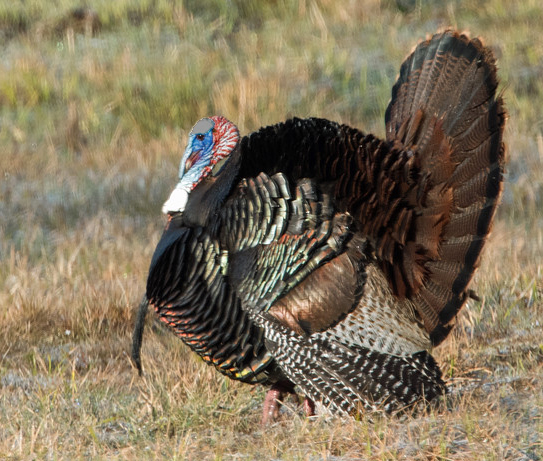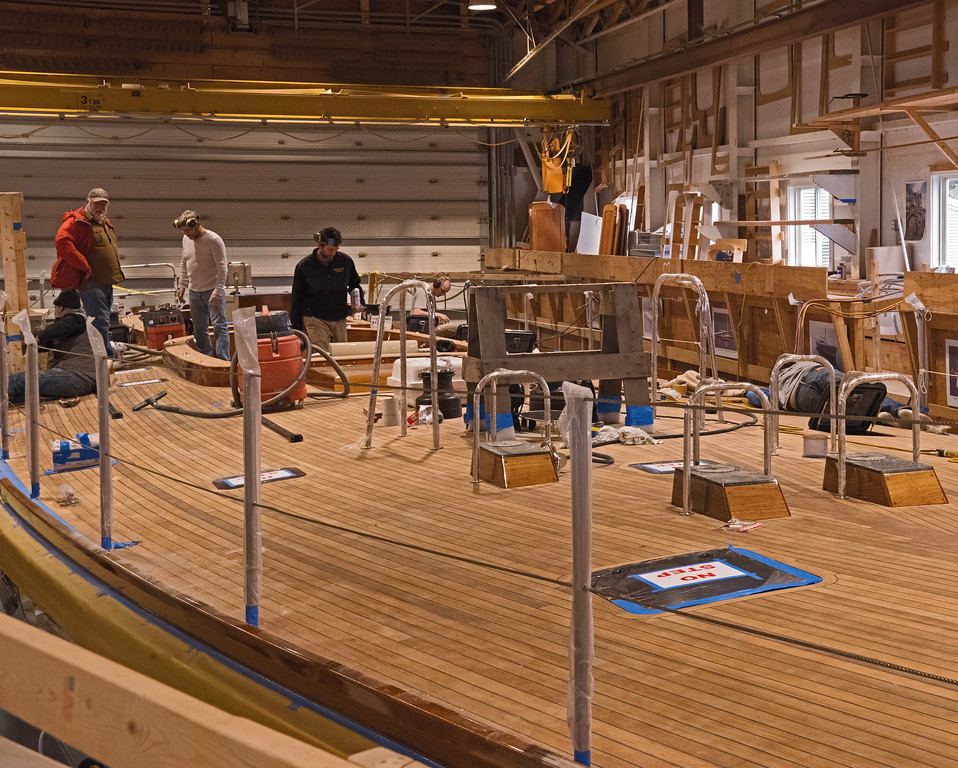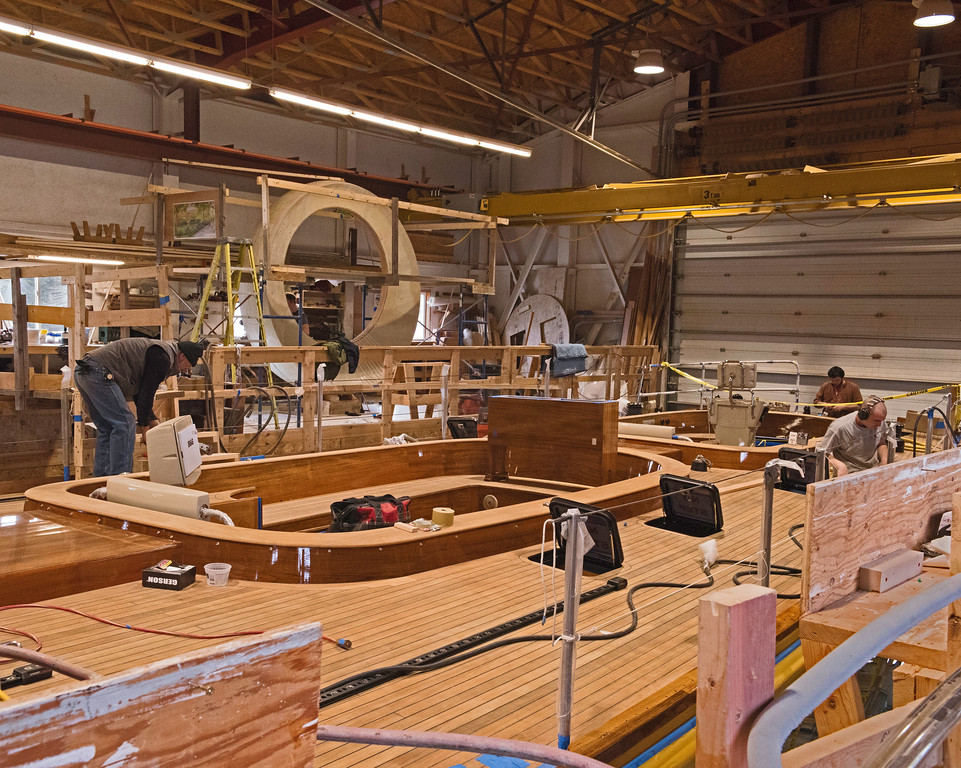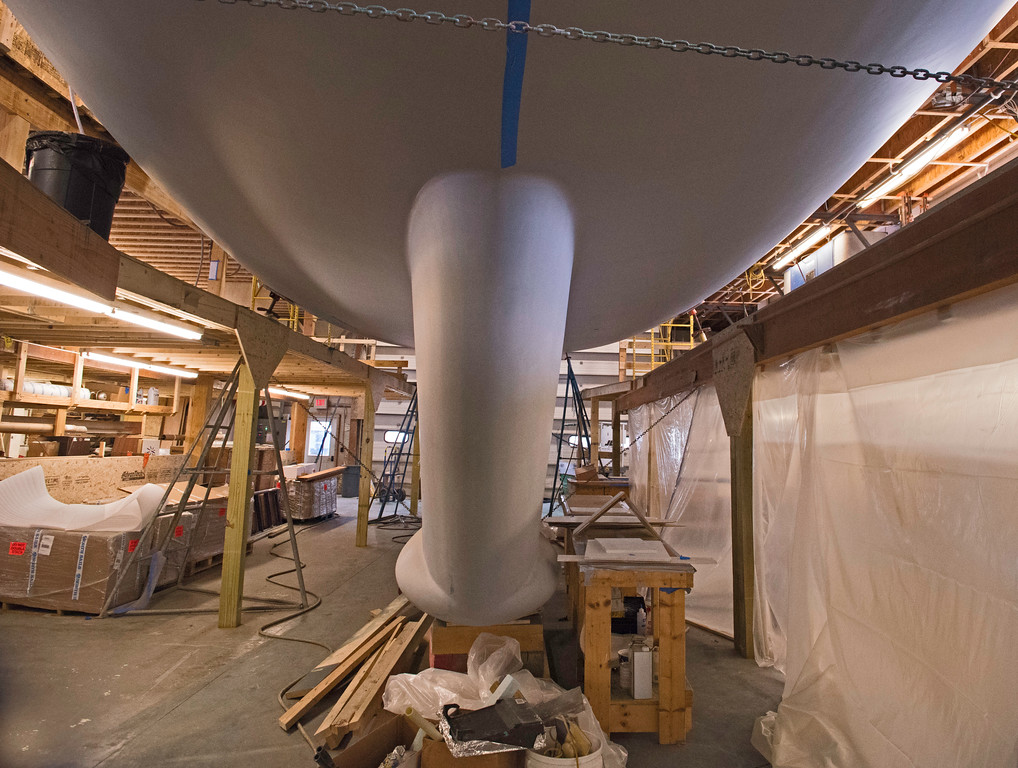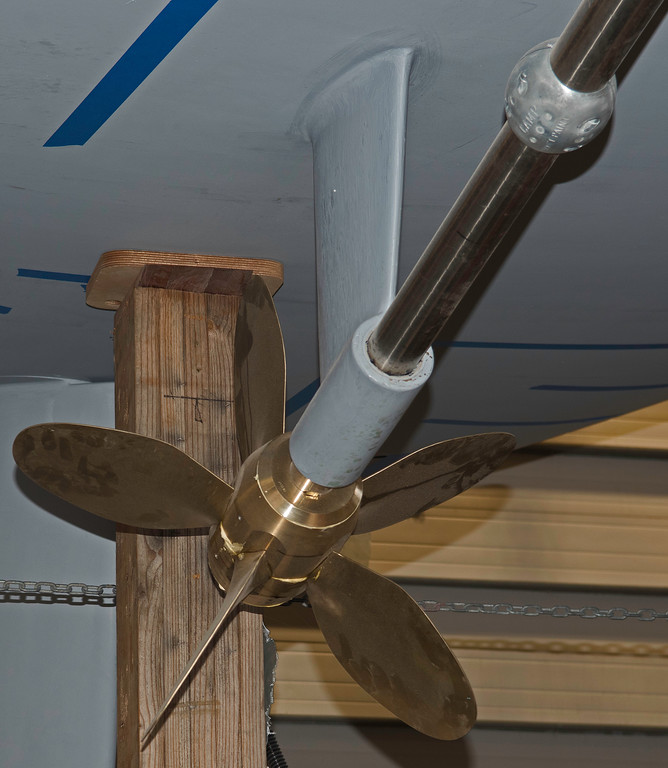The Gulf of Maine reportedly contains more islands than all the islands of the other east coast states combined. There appear to be at least 4,600 Maine islands, including 15 unbridged ones with year-round human populations; many private, summer residence islands; a varying number of islands on which sheep are the only full-time residents; a growing number of nature preserve islands, and some islands consisting of granite ledges that appear only at lower tides.
After the American Revolution, Massachusetts owned the islands as public land until the Missouri Compromise of 1820, when Maine was lopped off Massachusetts as the 23rd state. Thereafter, Maine began auctioning its islands to interested persons. Happy Earth Day! (Brooklin, Maine)















